Little Joy – iBasso DX120 Review
iBasso DX120 is a more affordable Player from iBasso, one of the most trusted names in the audio industry, but given the very saturated state of the price range it comes at, DX120 has to be pretty good to hold its ground. It is time to see what iBasso can offer for 300 USD, and how it compares to other similarly priced DAPs (Digital Audio Players).
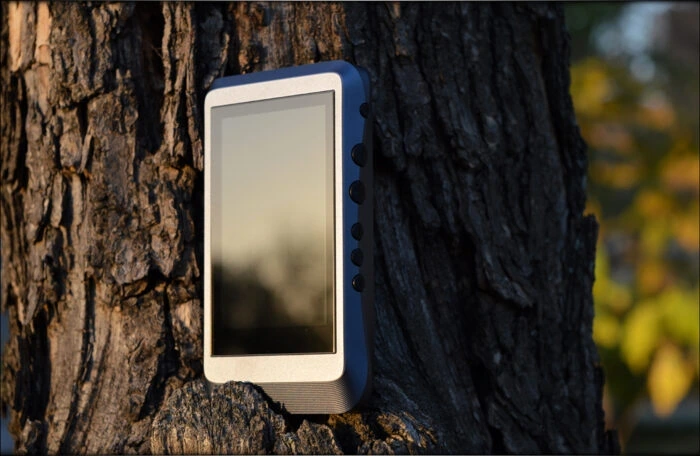
Introduction
iBasso is a very strong name in the audio industry, and not because they are the largest, but because they are some of the most friendly and helpful folks there are. They are known to interact with people over Head-Fi, and Facebook, and iBasso has long been known to offer some of the best support there have been. Not only that, but they tend to offer excellent support for their Players, including the way they offered strong software upgrade and support for their previously released Players, like DX200 which was upgraded to Android Oreo recently, being one of the very few Players supported so well by the company behind it.
It should be noted that I have absolutely no affiliation with iBasso, I am not receiving any incentive for this review or to sweeten things out. This review is not sponsored nor has been paid for by iBasso or anyone else. I’d like to thank iBasso for providing the sample for the review. The sample was provided along with iBasso’s request for an honest and unbiased review. This review will be as objective as it is humanly possible, and it reflects my personal experience with iBasso DX120. Every opinion expressed is mine and I stand by it, the purpose of this review is to help those interested in iBasso DX120 find their next music companion.
Product Link
You can get your iBasso DX120 from www.amazon.com here: https://www.amazon.com/iBasso-DX120-Performance-Digital-Player/dp/B07JPHVV1T/
Packaging
First things first, let’s get the packaging out of the way:
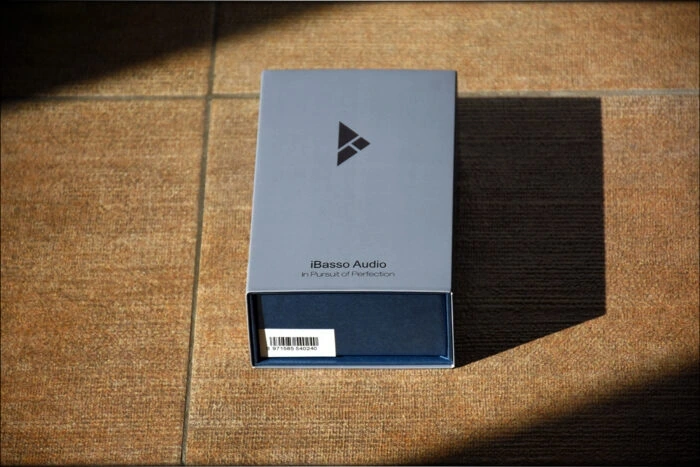
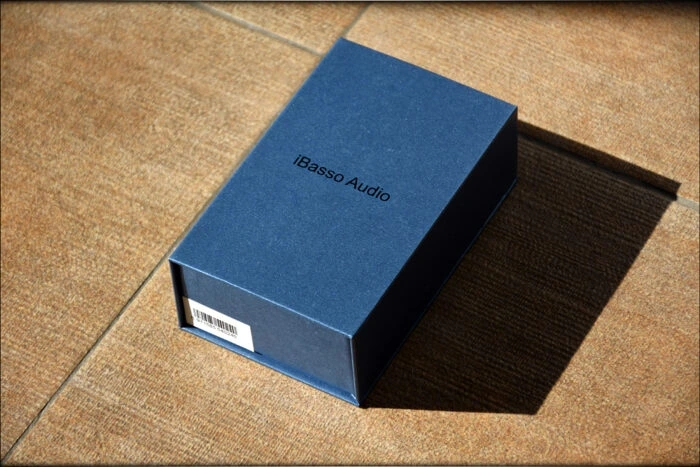
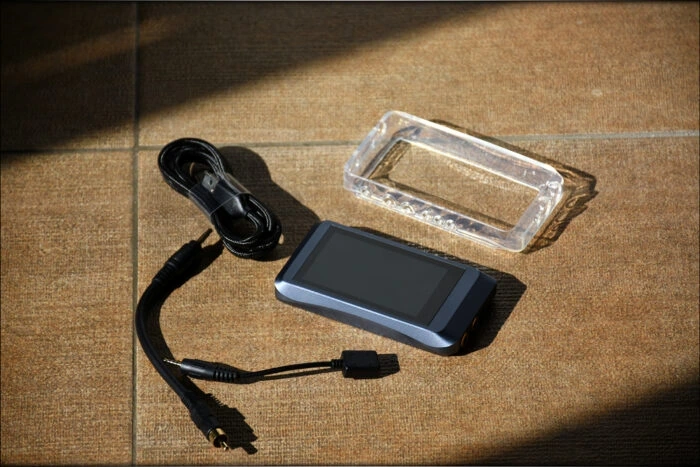
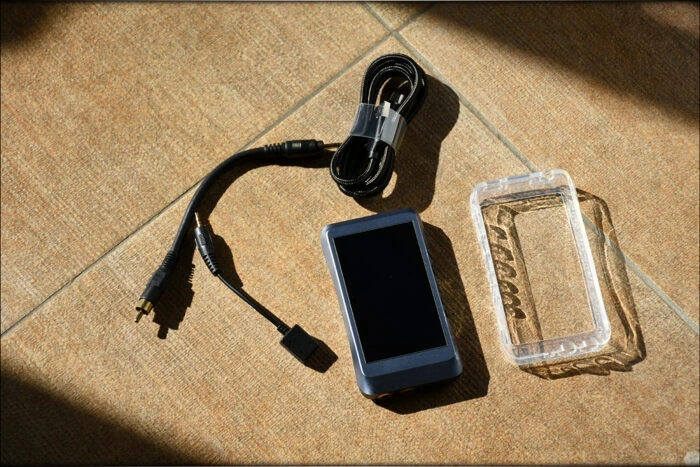
iBasso have always been a company to include a lovely amount of extras with their Players, and DX120 is no exception. It is packaged in a very premium suit, just like DX200, and DX150 were, in a finely designed overall package.
There are a large amount of extras in the box, including a silicone carrying case, premium USB cable, with textile cover, one coaxial cable to use DX120 as a transport towards an external DAC/AMP, and a burn-in cable, to allow you to burn-in your DX120.
Extra Tempered Glass screen protectors are also included in the package, so you don’t have to worry if you scratch or break your current one.
Overall, there’s nothing I can say is missing from the package, especially given the sweet price point of DX120, and I feel iBasso did an awesome job with the package. Furthermore, although I will not be using the silicone case, it is a really good addition if you want to offer your DX120 further protection, and the premium cables included surely make the DX120 experience quite a bit better.
Technical Specifications
OS: Mango OS
DAC: AK4495
Screen: 3.2-inch 480X800 IPS touch screen
Sampling rate: PCM: 8kHz-384kHz / native DSD: DSD64/128
Battery/Charging: 3700mAh 3.8V Lithium Ion Battery
microSD slots: 2 Micro SD card slots
Size: 63mmx113mmx15mm
Weight: 165g
2.5mm balance po:
Maximum output level: 3.6Vrms
Frequency response: 10HZ – 45KHZ+/-1dB
THD+N: 0.00027%, -111dB (no load @2.4Vrms), 0.00032%, -110dB (32Ω load @2.4Vrms)
Dynamic range: 117dB
Signal to noise ratio: 117dB (32 ohm load) (132dB)
Crosstalk: -116dB
3.5mm single-ended po:
Maximum output level: 1.8Vrms
Frequency response: 10HZ – 45KHZ+/-1dB
THD+N: 0.0004%, -107dB (no load @1.2Vrms), 0.00056%, -105dB (32Ω load @1.2Vrms)
Dynamic range: 115dB
Signal to noise ratio: 115dB (32 ohm load)
Crosstalk: -115dB
3.5mm single-ended line out:
Maximum output level: 1.8Vrms
Frequency response: 10HZ – 45KHZ+/-1dB
THD+N: 0.0004%, -107dB (no load @1.2Vrms)
Dynamic range: 115dB
Signal to noise ratio: 115dB
Play time: about 16 hours
Build Quality/Aesthetics/UI/Firmware
Startng with the build quality, DX120 is fully made of metal, it has buttons on the side, and it comes with a glass screen protector already applied on it. Furthermore, it comes with high-quality gold plated jacks, and a glass back, making sure it stays sleek and sexy. There are no hard corners, and all edges and corners of DX120 are rounded, making it extremely pocketable.
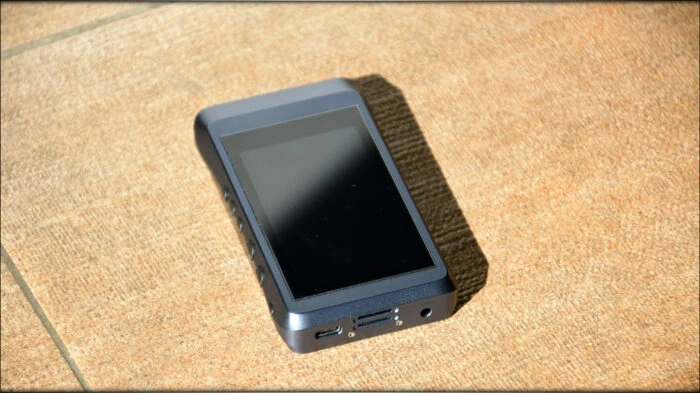
DX120 is also quite a bit smaller than the higher-end offerings from iBasso, staying in like with the pocket-ability factor for a 300 USD Player.
There are two colors available, one is the one presented in this review, which is a blue color, and there is also a brown / darker colored version available.
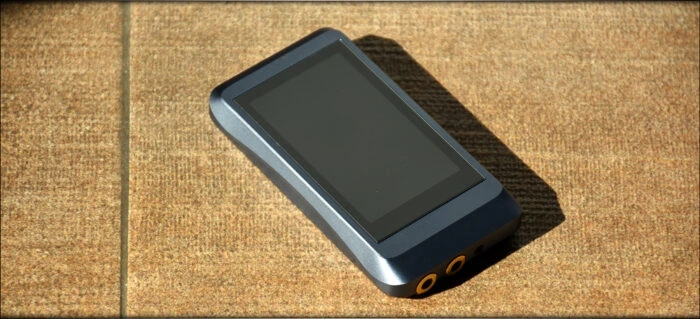
Now, the aesthetics of DX120 are simply stunning, it is a very modern, sleek and ergonomic device, based on curves and gentle slopes, everything feels really well put in place, even the buttons following the curved design nicely, and being different in size, making blind navigation much easier.
iBasso always had an excellence in presenting the technical abilities of their Players, and DX120 is no exception, with the very good DAC being a central highlight for DX120, along with the operational amplifiers, and the buffers being presented by iBasso.
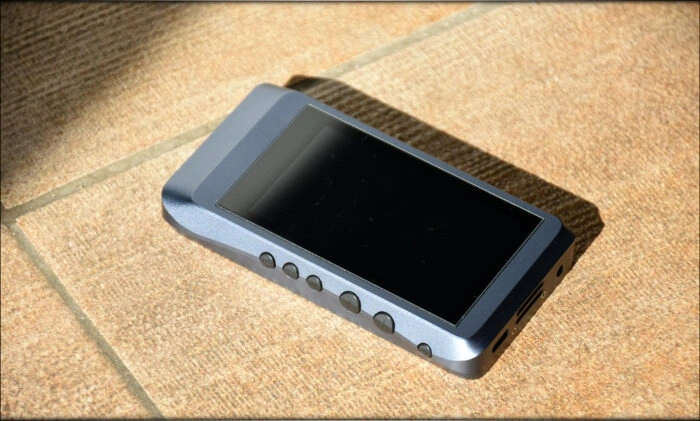
Now, DX120 is a unique product, because it features two microSD slots, but it doesn’t feature Android like its bigger brothers, rather, being the best Player sonically, and offering the best simple music experience for enthusiasts. While it doesn’t feature Streaming, DX120 does offer USB DAC abilities, 16 hours of declared play time, a 3700mAh battery, Native DSD decoding, Line Out / Coaxial ports, MangoOS Operating system, and Quick Charge.
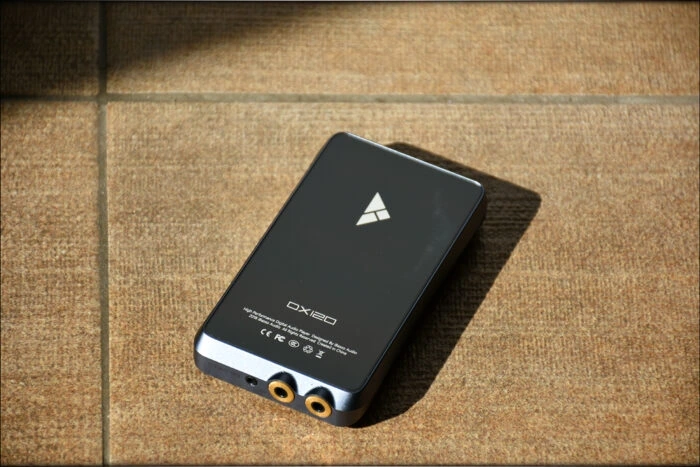
It is a full plate really, the only reason you could look into something else from a feature standpoint, is, if you’d want Streaming or Bluetooth, but otherwise, you get pretty much everything you could desire with DX120.
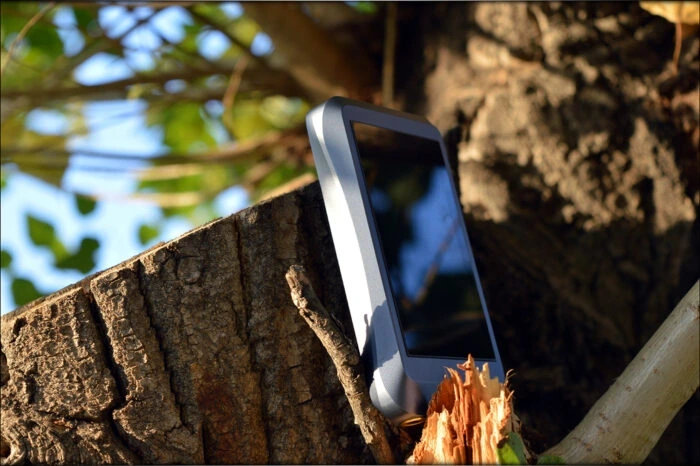
Starting with the USB DAC abilities, and the huge battery included, the USB DAC feature is supported by iBasso, as it has been with all their DAPs, so you can use DX120 as your main sound card, and since it has extremely low latency, it will even work for gaming. Furthermore, DX120 sports a huge battery beneath the surface, so you can take it as a truly long-lasting DAP, being able to follow you even through a 2-day trip through the woods.
DX120 can do Native DSD decoding, up to DXD 128, which should be enough for most people, and it offers a Line Out, in case you want to pair it with something like Feliks Echo (since it also has USB DAC abilities), or with something like iFi xCan portably, and DX120 even features Coaxial Output, if you want to use it as a transport, being a rather capable swiss knife of a Player.
DX120 is supported by the very powerful Mango Operating system, which is a very mature and hassle-free OS. Furthermore, it features Quick Charge, so you won’t have to wait for too long for the huge 3700mAh battery to be ready to go, so quite a lot of fun prepared for DX120.
I haven’t experienced a single crash with DX120, it reads all my files, including the cover art I have in my folders, it has been super stable, and offers a really good overall user experience.
Gapless Playback works flawlessly, and DX120 is extremely light and quick, switching between songs is almost instantaneous, and a lot of this happens because iBasso has included a multi-core CPU with DX120, which allows it to be fast enough, and the RAM features Direct Memory Access, helping achieve this speed.
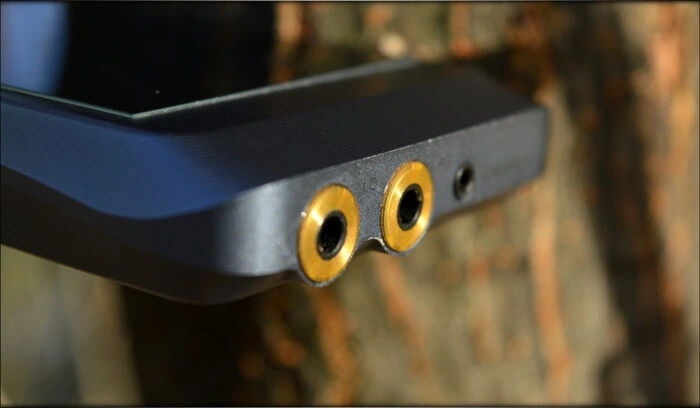
The balanced output is extremely strong, at almost 400mW into a 32 OHM load, while the Single Ended Output is quite a bit less powerful, rated at almost 100 mW in a 32 OHM load, basically better suited for more portable headphones, or IEMs.
I personally cannot hear much hiss with DX120, even from its uber-powerful Balanced port, but for those who are quite sensitive to hiss, or who like to listen extremely quiet, iFi created something like the 2.5mm Balanced iEMatch. Now, I prefer the sound of the balanced output with most of my IEMs and Headphones, since it has better dynamics, power delivery and overall control / authority, but, on the other hand, I still do not have balanced cables for all my IEMs and Headphones, making the inclusion of a 3.5mm Single Ended output a necessity.
I love how responsive the UI is, and how light it feels, and one thing I also love to bits, is the way the GUI reacts to volume changes when the display is turned on. You can also swipe down in the volume screen, to adjust it quicker with, and for higher magnitude adjustments, making DX120 rather cool, even if you’re switching from a full headphone, to a very sensitive IEM.
Overall, DX120 reaches a golden standard for the Firmware, Build Quality and Design for a 300 USD Player.
Sound Quality
For the sake of the Capacitors reaching their optimal state and working condition, I have let DX120 burn in using the burn in cable, for about 100 hours, as iBasso instructed. I also used iBasso IT-04 for taking the sonic impressions, along with Campfire Atlas, Dita Fealty, HIFIMAN RE2000 Silver, and Ultrasone Signature DXP, all of them switched between sonic modes, digital filters, and where possible, switching between Single Ended and Balanced outputs. You can find a list of tracks I use for sonic impressions at the end of my review.
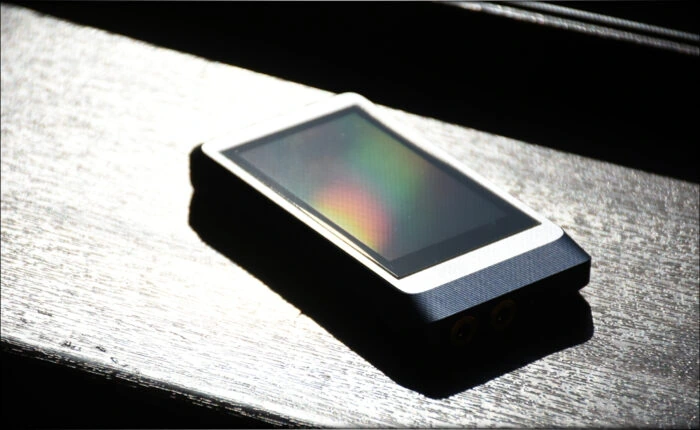
DX120 features more than one tonality, or sonic signature, so I will try my best to talk a bit about each one of them. Generally, it has excellent soundstage, detail retrieval, and clarity for its price range, being quite amazing already, but iBasso felt like including a few sonic modes, besides the digital filters already built into the DAC. All of this comes above the EQ, which is implemented as well in DX120.
Now, I have listened to each of the sound modes, and tried my best to compare with each other.
Reference Mode – This mode has the most treble presence and overall clarity, the overall tonality leans towards being more neutral rather than euphonic, being a touch colder, crisper and faster than the other Sound Modes. This is where my favorite setting is at for Metal Music.
Traditional Mode – Slightly more forward vocals, working really well if you love a slightly forward vocal presentation, with a slightly smoother top end, and with a more lush overall presentation. Works really well for Jazz.
Original Mode – Makes me feel this was the intended signature for, it has a deeper and more present bass, with more rumble, but also has a more crisp and sparkly treble, probably my most favorite overall signature for DX120, and where I’d leave it at for most headphones and IEMs.
Classical Mode – This one is most probably intended for Classical music, as the treble is rather smooth and less present, with the overall speed also being a touch slower, each musical note being presented like this. Works really well with slow music, and music where you don’t want quite that much sparkle.
Natural Mode – Natural mode is probably the most thick and lush from all the sonic modes available on DX120, with the sub-end rumble being the main star, and with the lower mids having a fuller body, and the treble and midrange being smoother and less aggressive.
Overall, I am quite impressed by how much fine tuning you can give to your DX120, and I am also amazed by the amount of work that was put into this, but, the fun does not stop here. With an extremely low THD (Total Harmonic Distortion), DX120, is quite exceptional on all levels, but that still wasn’t enough for iBasso. They also allow you to fine tune your digital filters, feature which is embedded in the DAC chip of DX120.
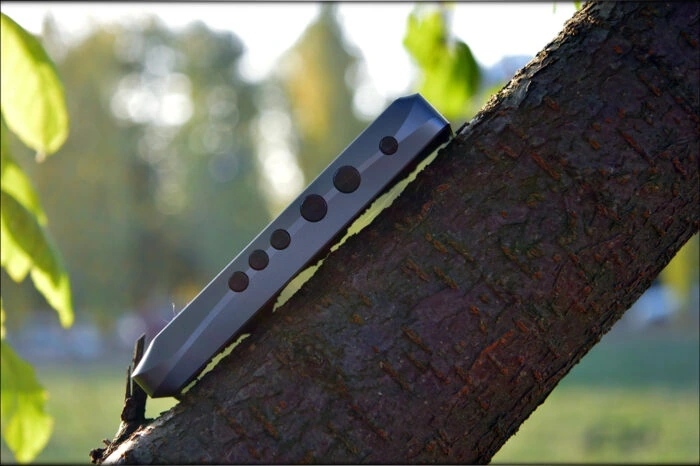
The differences between digital filters is much much smaller than the one between Sound Modes, but it is still present. I noticed only after taking all my impressions of the Sound Modes that I had the digital filters left on Sharp Roll Off, so I will describe the other ones here. Please keep in mind that the differences between digital filters can be extremely small.
Slow Roll Off – Now, this filter tends to slow down everything a bit, takes the edge off the sound a bit, especially in the treble, and gives the lower midrange and the bass a touch more body, resulting in a more thick overall sound.
Short Delay Sharp Roll Off – I can hear that it has a touch more sub-bass rumble, compared to the Sharp Roll Off, and a touch smoother treble, but that is pretty much it, can’t say I notice much else going on.
Short Delay Slow Roll Off – Slightly faster attack and slightly faster overall music notes, with a slightly more forward midrange, but very slightly.
Super Slow Roll Off – This seems to be the most lush of the filters, with an ever so slightly thicker sound. Very very slightly.
Quite a handful different signatures and a lot of information to take, I know, but you should just keep in mind that this is a really wide-sounding, powerful DAP, with good clarity, and clean sound, in the 300 USD price range, and all of the above are extra options you can engage to fine tune it to your tastes.
Portable Usage
Now, DX120 excels at being portable. As I was just talking with other users of DX120, it is really easy to slide it in your pocket, as it is easy to slide it out of your pocket, due to its really sweet rounded edges. The curves and different sized buttons make it really easy to switch songs, and adjust volume while in pocket, which is quite essential for a portable Player.
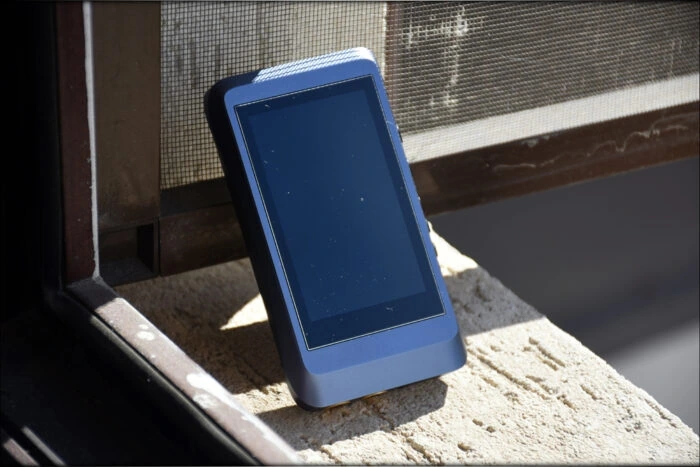
There are no interferences, and iBasso actually has a good design, with anti EMI shielding in all of their DAPs, thing which can be easy to tell, if you’re riding the subway and using DX120, it will not pick one bit of interference.
The display is bright enough, and colorful enough, for most scenarios, although I personally would prefer a slightly brighter display where possible, since it would make the user experience a touch better for those who travel a lot, or who use it in really bright outdoors scenarios. The display inputs the touch really well, and I have an almost 0% fail ratio for my touch input, and the overall device is really responsive.
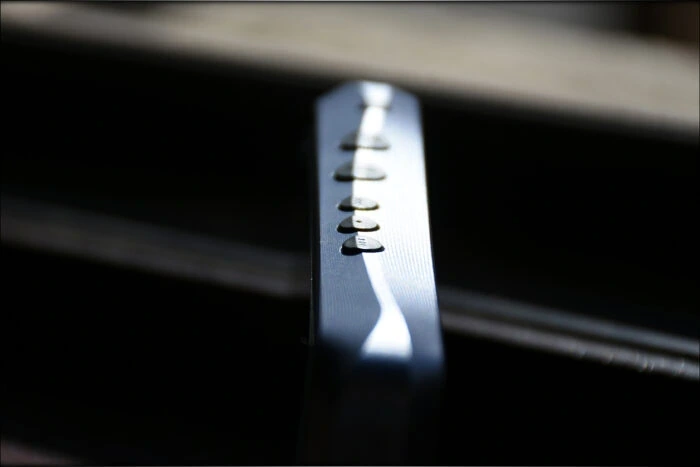
This is one of the most important aspects of DX120 to me. As a portable device, it has a large capacity, of using two microSD cards, and I tested it with two 256 GB microSD cards loaded with flac files, and it didn’t feel one bit slow or sluggish even with this huge library loaded. In fact, I was quite happy with the speed with which my library list loaded, although I should mention I do use folder browsing and I have a neatly ordered library, with my overall library looking like Genre / Artist / Year – Album / number. Song Name , so I can quickly browse my entire library. I heavily suggest having a tidy collection if you want to have the best audio experience with any device.
I was able to get about 12 hours of music, with heavy usage, maximum display brightness, very loud listening volume, and a lot of folder browsing. This means that iBasso’s figures for 16 hours are pretty accurate, if you will be using IEMs, and have a more mixed usage, and especially if you won’t be switching songs a lot.
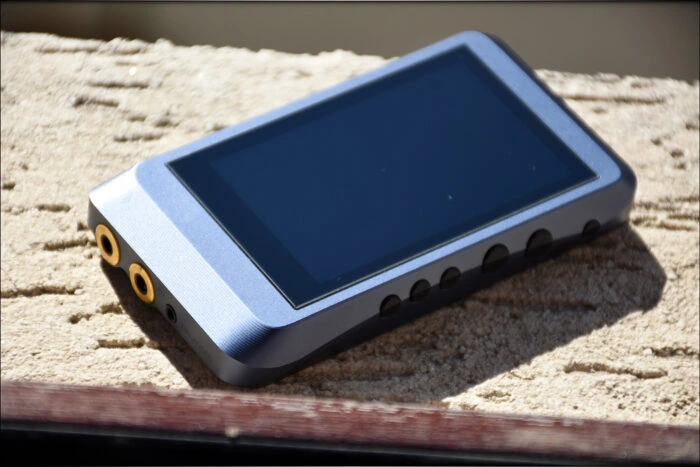
Other than this, I found no issues while using DX120 portably, it is a dream Player for portability and for outdoors usage. DX120 reaches a golden standard for a Player in this price range, with excellent battery life, amazing build quality, good display, and fast speed, as well as buttons that allow for browsing it while in a pocket.
Select Pairings
DX120 is quite excellent for being paired with a large number of IEMs and Headphones, one of the most versatile DAPs there are, especially with the multitude of Filters and Music Modes. It has a low THD, low noise floor, so it will work with pretty much anything you throw at it.

iBasso DX120 + iBasso IT04 – IT04 has been a favorite for me ever since I reviewed it, and for a good reason. Its flexibility, build quality, soundstage, and smooth, musical midrange, paired with that energetic and vivid top end, and the tight and amazingly fast bass, really worked wonders for Metal, Death Metal, Black metal (Especially black), but electronic, and pop as well. Paired with DX120, they sound a bit more forward in the midrange, with the right digital filter, and sound mode, so you can get the best of both IT04’s abilities, but also make them more balanced if you wanted to. DX120 can also make them sound a bit wider than they typically do, but also a tad more punchy and energetic, overall the pairing being a personal favorite.
iBasso DX120 + ClearTune VS4 – ClearTune VS4 is still very loved by the users, because it is a really comfortable IEM with a unique tuning that will immediately appeal to Rock and more vintage music lovers. DX120 can make them go a bit wider than they typically do, but also gives them a nice amount of dynamics and an excellent punchiness. Overall, I am quite pleased with the pairing.
iBasso DX120 + Campfire Atlas – Campfire Atlas is quite a unique IEM, flagship actually. Tuned for fun, with a large bass, imposing soundstage, and a bright top end sparkle to balance the large bass, Atlas is surely impressive, as much as it is fun. Now, DX120, although being a rather impressive entry-level IEM, can really push Atlas well. There is a very slight hint of hiss with the pairing, but it is way too faint for me to hear it while music is playing. As for the sound of the pairing, with the right choice of Music Mode and Digital Filter, the pairing is very punchy, huge-sounding, dynamic, imposing, controlled, and sparkly, the two working so well together, that I often use them while going for a stroll through the woods.
iBasso DX120 + HIFIMAN RE2000 Silver – HIFIMAN RE2000 is also an interesting flagship, pretty different from Atlas that I just spoke about, because RE2000 Silver is extremely balanced and neutral, being on the analytical side of things, impressing with its detail and clarity, rather than a large bass. RE2000 is excellent at revealing how good a source Player actually is, and this is why I pair it with almost every single source I review, since its extremely analytical nature will quickly reveal how good a source can hold its ground. With DX120, RE2000 Silver is able to reveal how clear and dynamic, but also punchy DX120 really is. A very low noise floor and very good overall THD are also easily audible from the pairing, and DX120 has enough power to really push and control RE2000, which although are not very hard to drive, they do appreciate a higher quality source, and they seem to be appreciating DX120 quite a lot.
Comparisons
DX120 compares fairly well with similarly priced Players, but most people are also curious how it compares to DX150, so I will dive right in.
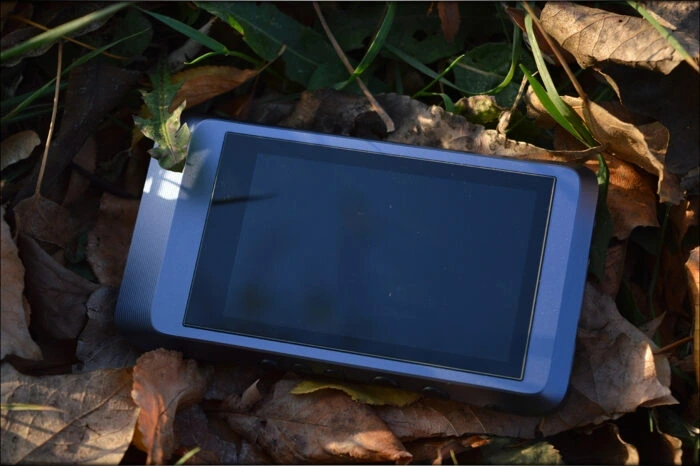
iBasso DX120 vs DX150 (AMP6) – DX150 running AMP6, the default one, is the big brother, and the other option you’re probably considering, if you’re considering going with an iBasso Player. DX150 features only one microSD slot, but it comes with a much more rich set of features, like full Google Play support, a brighter display, Bluetooth Support, and most importantly, support for iBasso’s excellent AMP modules, making it almost as versatile as DX200. On the other hand, the AMP module it comes with, AMP6, has its own specific tuning, which is quite warm, and DX120, in comparison to DX150 + AMP6, sounds more bright, more revealing, more reference, has a more clear overall sound, while DX156 has more bass impact, and a more thick and lush overall sound. Setting DX120 to slow roll off filter and traditional sound will bring it closer to DX156, but it still isn’t quite the same, as the love DX150 has for being thick and lush. If you’re looking for a more versatile Player, can spend a bit more, and if you plan on upgrading the default AMP module, DX150 makes a lot of sense, and it is quite lovely on an overall level, while, if you’re looking for a really clear, revealing, and punchy Player, and if you don’t require any of the bells and whistles DX150 has, and if you prefer a more traditional music player experience, DX120 is a really sweet player for a really sweet price.
iBasso DX120 vs Cayin N5ii – Cayin N5ii is quite interesting because it has Android, and Streaming abilities, but it had a few bugs when it was launched, so some people were discouraged to go with it, rather than a more simple DAP like DX120. Both Players have dual microSD cards, both players have an excellent amount of accessories included in the package, and both are premium devices. The battery life is longer on DX120, but N5ii is smaller physically. There is no volume wheel on DX120, but there is one present on N5ii. The UI and overall firmware is much faster and more responsive on DX120, although N5ii provides bluetooth and Streaming abilities / Wifi if you’re looking for those. Sonically, DX120 tends to be brighter and more revealing, more detailed than N5ii, while N5ii tends to have more body, and to be more lush, along with offering a deeper and punchier bass. Overall, if you’re looking for Streaming, Bluetooth and a smaller device, along with a thicker and more lush sound, N5ii is still quite amazing, while if you’re looking for a simpler Player which can use your microSD cards for its music library, and if you’re looking for clarity, and a more neutral overall sound, DX120 is quite amazing and an excellent purchase.
iBasso DX120 vs Opus #1s – Opus #1s is probably the most forward direct enemy of DX120, since they have a very similar approach, dual microSD slots, long battery life, lots of driving power, excellent design, clear and bright display, and similar features. DX120 is physically smaller, and has a longer battery life in practice. The largest differences will be felt in the sound, where DX120 feels like it has an even wider soundstage, and I kid you not, #1S was already huge in the stage, DX120 goes even wider, and the noise floor seems to be actually lower on DX120, which is a great thing, especially since #1s never had a loud noise floor to my ears. Furthermore, they have a pretty similar overall tuning, I’d say almost identical, but they do have a few points where they’re different, like the midrange, where DX120 is a touch smoother and more natural, while #1s is a bit more energetic and forward, as well as a touch brighter. The overall sound, and especially the bass seems to be a bit more impactful on DX120, while it tends to be a bit more neutral on #1s. If you’re looking for the Opus experience, #1s is still quite easy to recommend, while if you want to experience the iBasso version of this signature and experience, especially if you want to have a multitude of micro-adjustments available, DX120 makes a really interesting option right now.
Value and Conclusion
iBasso created quite a unique Player with DX120, and they are not only in the market, but they are slowly overtaking their competition with those awesome releases lately. I like seeing more competition, and I like the fact that they are able to deliver both excellent Build, Sonic, and Firmware quality. iBasso’s warranty and customer support is also one of the best there are, and working with them and with their representative, Paul, is always a pleasure.
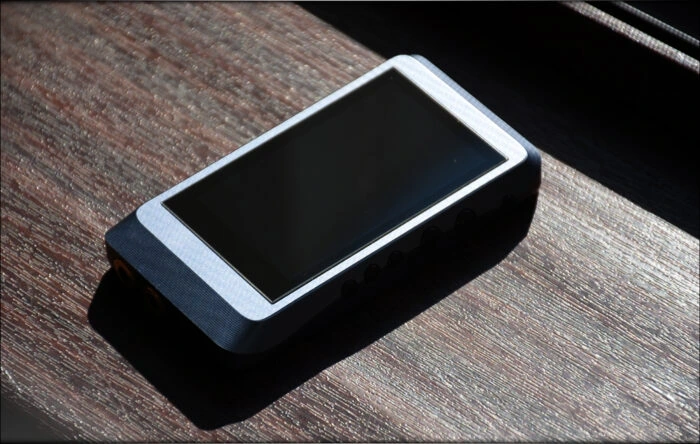
The DX120 Player is pretty much the wet dream of someone who doesn’t require any kind of bells and whistles, but access to his large music collection, a quick and reliable Player, with a stable firmware, excellent display, and just an awesome music experience.
The body of DX120 is made of Aluminium, so it is both durable and lightweight, and DX120 was designed to be both small and portable, with rounded edges, and sexy lines defining a player that looks both sleek and futuristic. The firmware behind is iBasso’s ultra-solid Mango OS, which works wonders for DX120, especially since it is optimized to take advantage of DX120’s multi-core CPU, resulting in one of the fastest, most engaging user experiences of the audiophile Player market.
Two microSD slots, and a huge battery are responsible for your portable enjoyment, and you can be sure to have lots of fun with DX120, especially if you’re going on a long trip, since it features quick charge, and if you packed an external battery pack that can do quick charging, you can get even double, or even triple the already amazing battery life DX120 has.
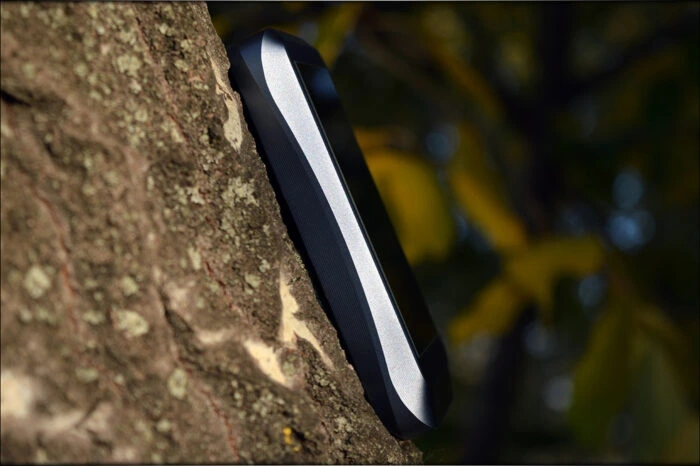
The price point of DX120 is also very sweet, being priced at 300 USD, so being quite competitive when placed against Players in a similar price range. To be fair, it has its own charm, and it is easy to recommend and consider, especially with the support iBasso offers it, and with their golden history, at this point having upgraded their almost two-year old Flagship to Oreo, DX120 will be a long-lasting Player in your collection, rather than a flavour-of-the-month.
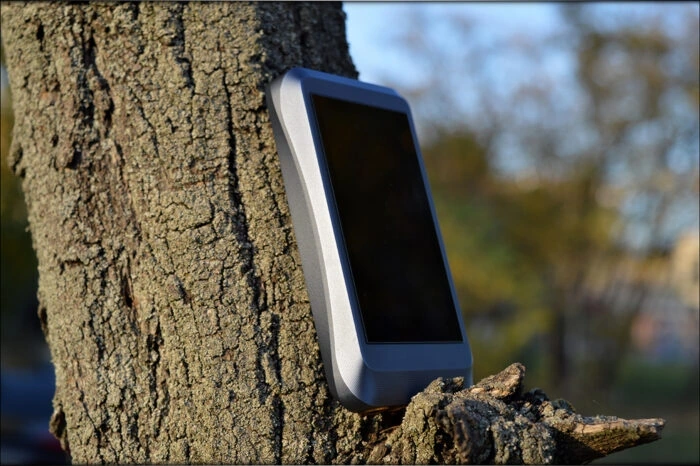
At the end of this review, if you’re looking for a simple music player that can play your music, do everything it should do, but which doesn’t feature any other bells and whistles, if you have a large music library, and if you appreciate a long battery life, a responsive GUI and firmware, and if you want a clear, dynamic, punchy, wide, and fine-tunable sonic signature, DX120 is really hard to miss, and it is one of the Players I would really recommend you to consider, especially if you’re on a budget, being priced so friendly, that it stands out as an outstanding option for a music enthusiast.
Product Link
You can get your iBasso DX120 from www.amazon.com here: https://www.amazon.com/iBasso-DX120-Performance-Digital-Player/dp/B07JPHVV1T/
--- Please remember to stay safe, and always have fun while listening to music!---
- If you have a dime to spare, please donate, and help us! It would make the day brighter for me and my wife-
Full Playlist used for this review
We listened to more songs than those named in this playlist, but those are excellent for identifying a sonic signature. I recommend trying most of the songs from this playlist, especially if you’re searching for new music! The playlists are different for Spotify, Tidal and Youtube, and based on the songs I enjoy and are available on each!
https://www.youtube.com/playlist?list=PL_cjBXGmwSHSdGcwuc_bKbBDGHL4QvYBu
https://open.spotify.com/playlist/5J3oloz8Riy9LxEGenOjQ0?si=979ba4f082414be7
https://tidal.com/browse/playlist/330fd544-8e5b-4839-bd35-676b2edbb3d5
--- Contact Us ---






Thanks a lot for reviewing DX120, it is an often overlook DAP but which does the job for the money!
I love the DX120, thank you for the article!
I just got DX120, and all I can say, it is truly a little joy!~ Great Job, Geoge!
Thank you so much for the detailed impressions, George
Thank you so much for all your hard work in all those reviews!
I just got a pair of Sivga P-2 based on your Youtube Review, and now I’m looking forward for a DAP to pair with them! Keep up the great work, George